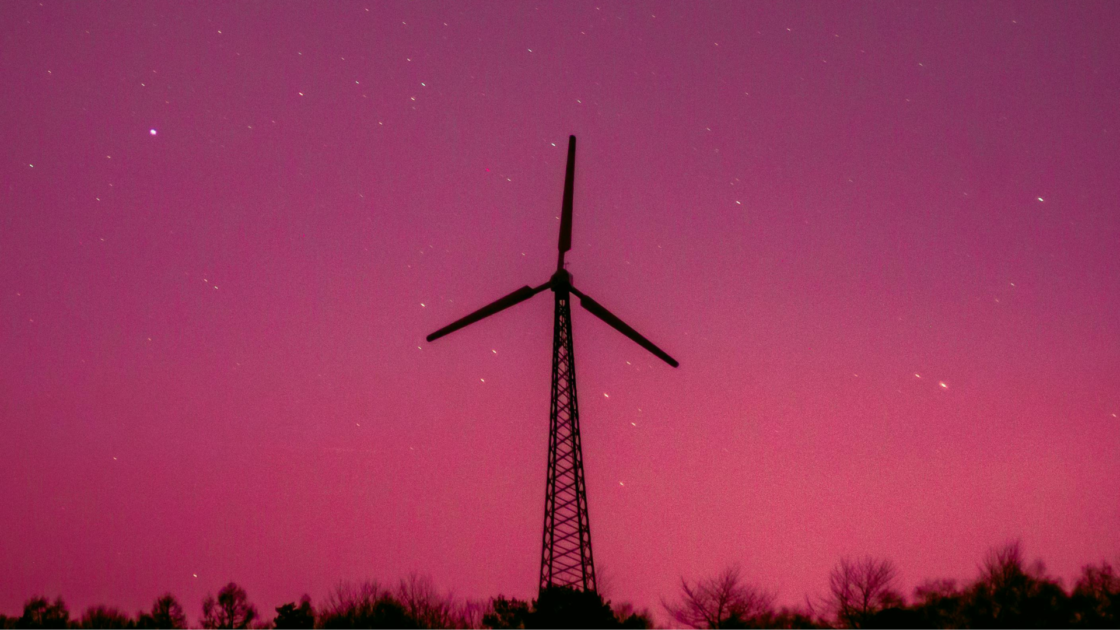Institutional Infrastructure of Energy in India

India’s energy sector is supported by a vast and multi-tiered institutional infrastructure that includes ministries, regulatory bodies, public sector undertakings (PSUs), and research institutions. These entities work together to manage, regulate, and oversee energy production, distribution, and policy implementation. Below is an overview of the key institutions involved in India’s energy landscape.
Ministries
Ministry of Power (MoP): The Ministry of Power is responsible for developing and managing the country’s power sector. It oversees electricity generation, transmission, distribution, and reforms, with initiatives like UDAY (Ujwal DISCOM Assurance Yojana) aimed at improving the efficiency of state-owned electricity distribution companies.
Ministry of New and Renewable Energy (MNRE): MNRE handles matters related to renewable energy, including solar, wind, bioenergy, and hydropower projects. It develops policies and promotes the adoption of renewable technologies across the country.
Ministry of Petroleum and Natural Gas (MoPNG): This ministry oversees the exploration, production, refining, and distribution of petroleum, natural gas, and other hydrocarbons.
Ministry of Coal (MoC): The Ministry of Coal is responsible for managing coal mining operations and coal supply, a key resource for India’s thermal power plants.
Ministry of Environment, Forest, and Climate Change (MoEFCC): While not directly managing energy, MoEFCC plays a critical role in providing environmental clearances for energy projects and shaping policies related to emissions and climate change.
Ministry of Heavy Industries (MHI): This ministry focuses on energy-intensive industries and is involved in initiatives promoting energy efficiency and electric vehicle manufacturing.
Regulatory Bodies
Central Electricity Regulatory Commission (CERC): CERC is an independent regulator overseeing India’s power sector. It regulates tariffs, transmission, and power trading across states and ensures grid stability.
State Electricity Regulatory Commissions (SERCs): Each state has its own regulatory commission that manages local electricity distribution companies (DISCOMs), regulates tariffs, and resolves electricity-related disputes.
Bureau of Energy Efficiency (BEE): BEE, under the Ministry of Power, focuses on implementing energy efficiency measures across various sectors, including industry, buildings, and appliances.
Petroleum and Natural Gas Regulatory Board (PNGRB): PNGRB regulates the downstream petroleum and natural gas sectors, ensuring fair competition and overseeing the laying of pipelines.
Public Sector Undertakings (PSUs)
NTPC Limited: NTPC is India’s largest power utility company, involved in the generation and sale of electricity. It plays a pivotal role in expanding the country’s power generation capacity, including renewable energy.
Power Grid Corporation of India (PGCIL): PGCIL is the central transmission utility responsible for the transmission of power across the country and the operation of India’s national grid.
Oil and Natural Gas Corporation (ONGC): ONGC is the largest oil and natural gas exploration and production company in India.
Coal India Limited (CIL): CIL is the world’s largest coal producer, providing coal to meet the energy needs of India’s thermal power plants.
Indian Oil Corporation (IOC), Bharat Petroleum Corporation Limited (BPCL), and Hindustan Petroleum Corporation Limited (HPCL): These state-owned companies manage the refining, marketing, and distribution of petroleum products across India.
Solar Energy Corporation of India (SECI): SECI is a public sector undertaking under MNRE, responsible for implementing solar energy projects and promoting renewable energy adoption.
Grid Management and System Operators
Power System Operation Corporation Limited (POSOCO): POSOCO operates the National Load Despatch Centre (NLDC) and Regional Load Despatch Centres (RLDCs), ensuring the smooth operation of the national power grid. POSOCO was recently renamed as Grid Controller of India Limited.
State Load Despatch Centres (SLDCs): SLDCs operate at the state level, managing real-time scheduling and power dispatch for state grids.
Research and Development (R&D) and Training Institutions
Central Electricity Authority (CEA): CEA provides technical advice to the government on matters related to electricity generation, transmission, and distribution. It is involved in long-term planning for the power sector.
The Energy and Resources Institute (TERI): TERI researches energy, climate change, and sustainable development, collaborating with industry and governments on various projects.
National Institute of Solar Energy (NISE): NISE focuses on the advancement and promotion of solar energy technologies.
Central Institute of Mining and Fuel Research (CIMFR): CIMFR conducts research on fossil fuels and mining technologies, with a focus on improving energy efficiency and sustainability.
Financial Institutions
Power Finance Corporation (PFC): PFC provides financial assistance for power projects across India, including those related to renewable energy.
Rural Electrification Corporation (REC): REC focuses on financing rural electrification projects and renewable energy development.
Private Sector Participation
India’s energy sector has seen significant participation from private players, particularly in renewable energy, power distribution, and oil and gas exploration. Prominent private companies include Reliance Industries, Tata Power, Adani Group, and ReNew Power.
Conclusion
India’s energy sector is supported by a robust institutional framework that ensures the smooth functioning of its power generation, distribution, and regulatory processes. With the increasing demand for energy and the country’s transition toward clean energy sources, these institutions play a crucial role in shaping India’s energy future.
